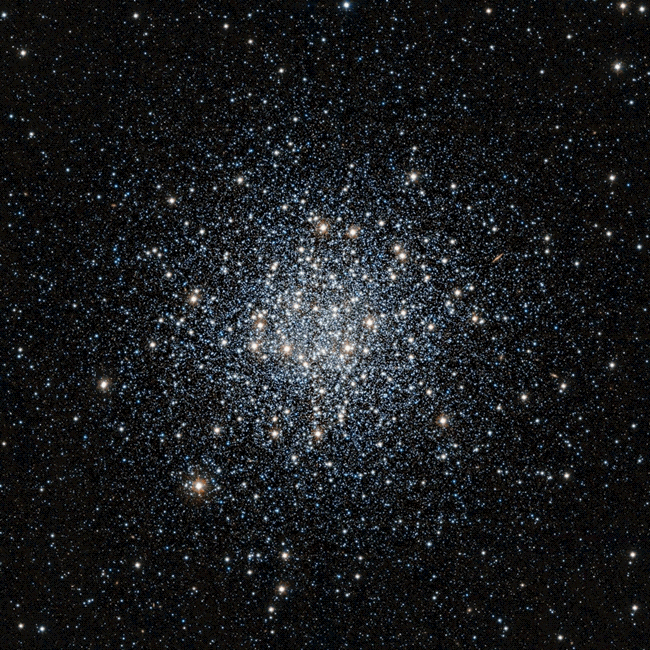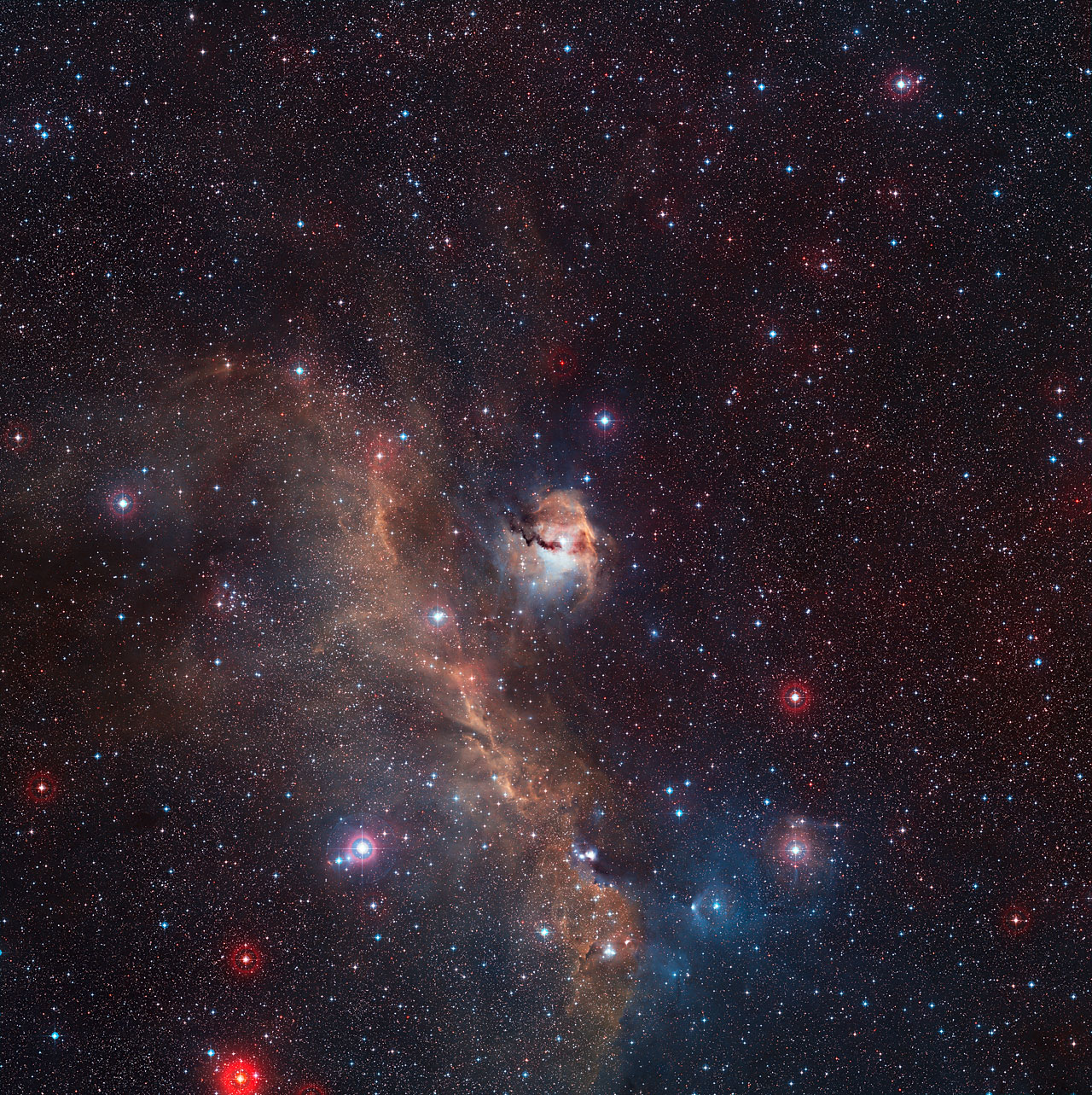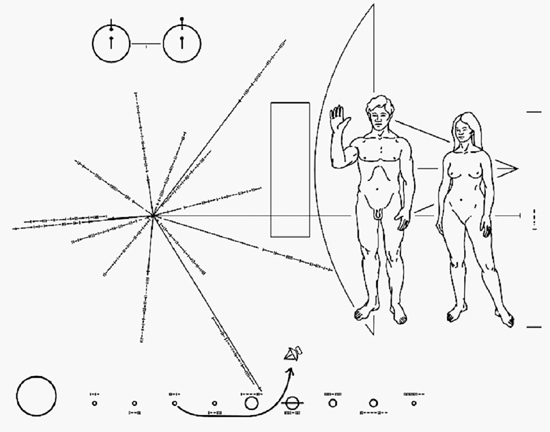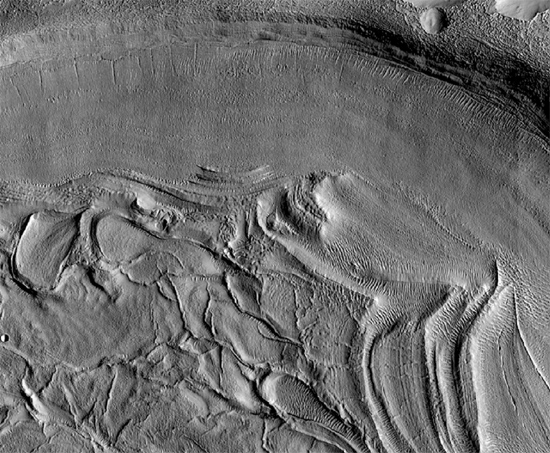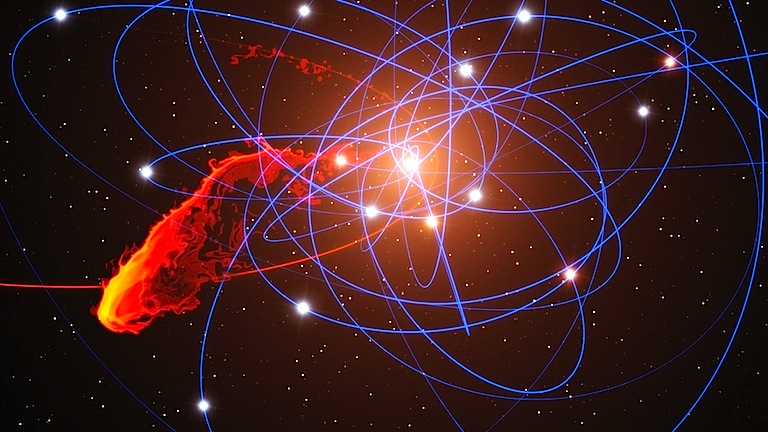Category: Picture of the Day
A picture and essay from the perspective of the Electric Universe.
Shell Game

Oct 24, 2012 The geometry of gravity is spherical: a uniform attraction toward a center of mass that tends to produce ball-shaped objects. This “bias for balls” predisposes astronomers to interpret rings as spherical shells. The European Southern Observatory press release announcing new observations (above) of the “old” star R Sculptoris…
Poseidon Aegaeus
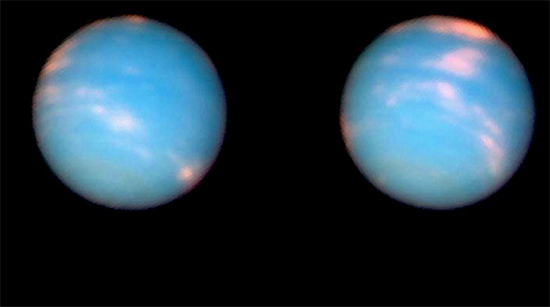
Oct 23, 2012 Neptune is the Solar System’s most remote planet. What drives its extraordinary winds? The winds on Jupiter average about 400 kilometers per hour, with the fastest streaming around the Great Red Spot at 635 kilometers per hour. On Saturn, wind speeds up to 1800 kilometers per hour have…
Seeing Seagulls
Red Clusters
Dione’s Dance

Oct 18, 2012 Dione exhibits some unusual features that may indicate electrical forces at work. Recently, the Cassini-Solstice spacecraft made a close flyby of the moon Enceladus. As the Picture of the Day from May 3, 2012 discussed, the bright plumes emanating from the 500 kilometer moon are most likely…
The Pioneer Anomaly
Les Panaches De La Lune

Oct 16, 2012 Enceladus continues to provide evidence supporting Electric Universe theories. On March 2, 2012 the Cassini-Solstice spacecraft flew by Saturn’s moon Enceladus at a distance of 74 kilometers, the closest it will come for the next three years. Cassini again passed over the “superheated geysers” erupting from…





